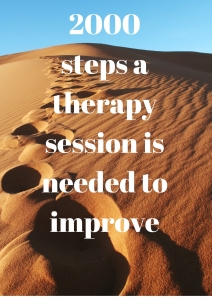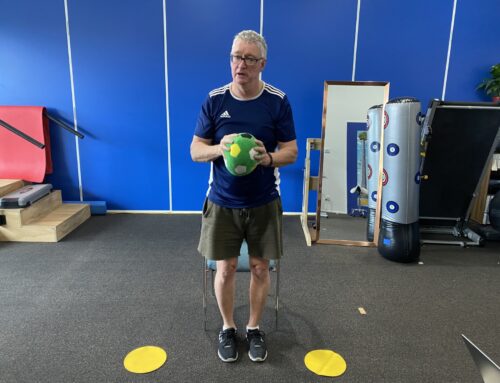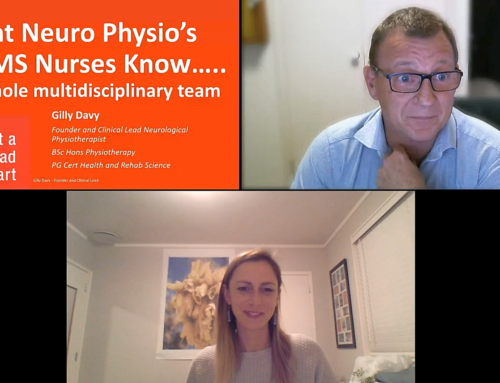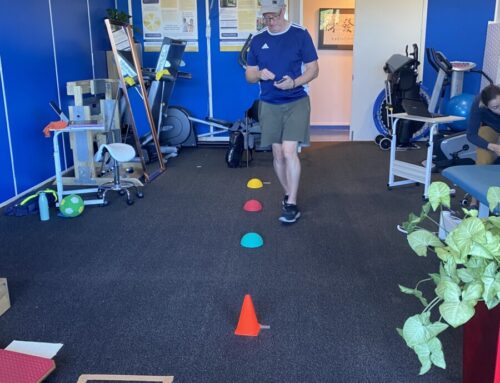Do you know how much walking you need to be doing to improve your walking?
As a therapist do you know how many steps you clients need to take during a treatment session to improve?
All of this comes down to intensity of practice, one thing is for sure that historically therapists did not work their clients hard enough. This is changing, but read on to be sure you know how hard. To drive neuroplascticity / recovery in the brain, improve walking distance and quality you have to work hard enough to challenge the brain.
To improve your walking you need to practice your walking, this is referred to as being task specific. Research shows that it does not matter if the walking is performed on a treadmill or on land with assistance from body weight support, therapists or independently. The key is repetition, large amounts of repetition are needed to drive plastic changes in the neural circuits by increasing dendritic growth, synaptic strength and neural activity levels in the brain and spinal cord circuits.
SO how much practice of walking is needed……….
Hornby et al 2011, published a great article reviewing the current literature at the time about the intensity of walking needed to improve walking in stroke patients. The evidence shows that there needs to be at least 1000 to 2000 steps per therapy session or at least 2000 steps per day at home (2000 steps is approximately 1km for a fairly normal stride pattern) to produce significant changes or improvements in your walking.
Also walking at a speed that increases your heart rate to 85% of predicated heart rate max is needed to drive neuroplascticty. If you are not familiar with taking you heart rate or are concerned about working at that intensity you should aim to take 80 steps per min to achieve change. Essential this means you need to walking at a speed or a distance that is out of your comfort zone, remember the moto
” if there is no challenge there will be no change”
If you want to improve your walking or your clients walking you need to ensure that they are taking at least 2000 steps a day and are working on increasing their walking speed as well. It is the intensity of the repetition and the heart rate which will drive the most neurological recovery. As mentioned the improvements can be seen with any type of walking however walking on a treadmill with bodyweight support ensures safety especially when you are walking at a speed that is out of your comfort zone.
However if you are someone who is already active and walking well you need to be challenging yourself to walk at the World Health Organisations recommendation of 10,000 steps a day!
GO and get a perdometer or download a free app on your phone and start recording how many steps you are taking.
Hornby et al, 2011, Topics in stroke rehabilitation. Importance of Specificity, amount and the intensity of locomotor training to improve ambulatory function in patients post stroke.






